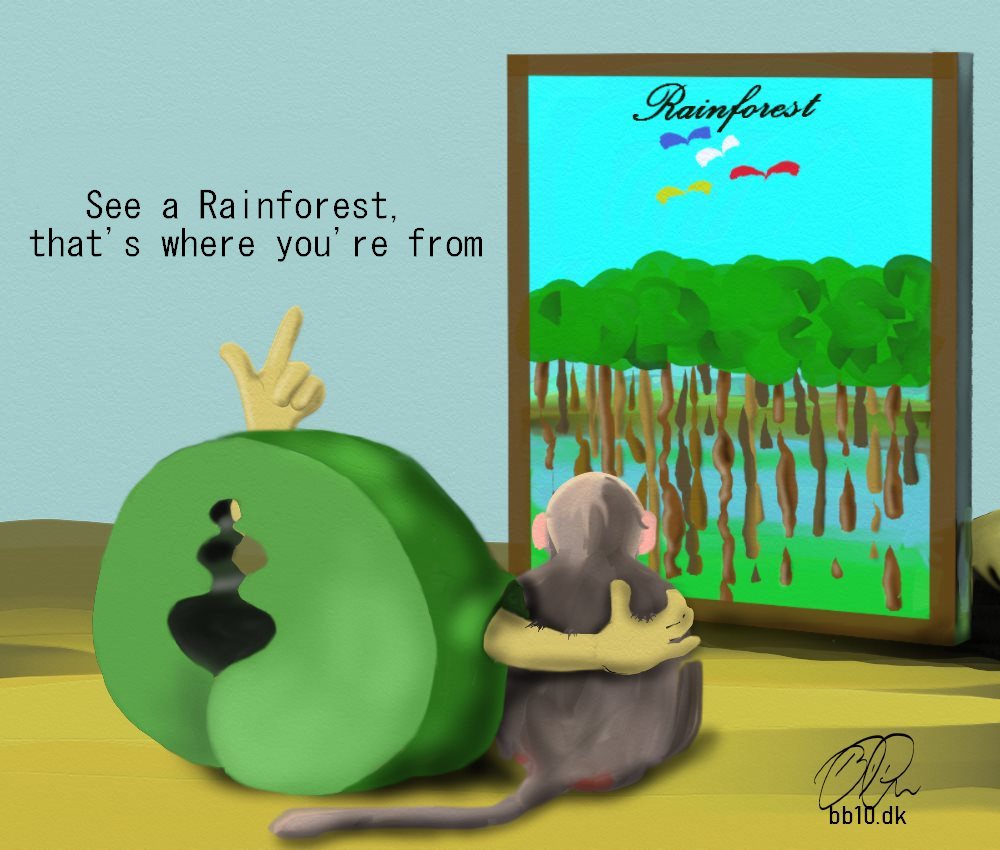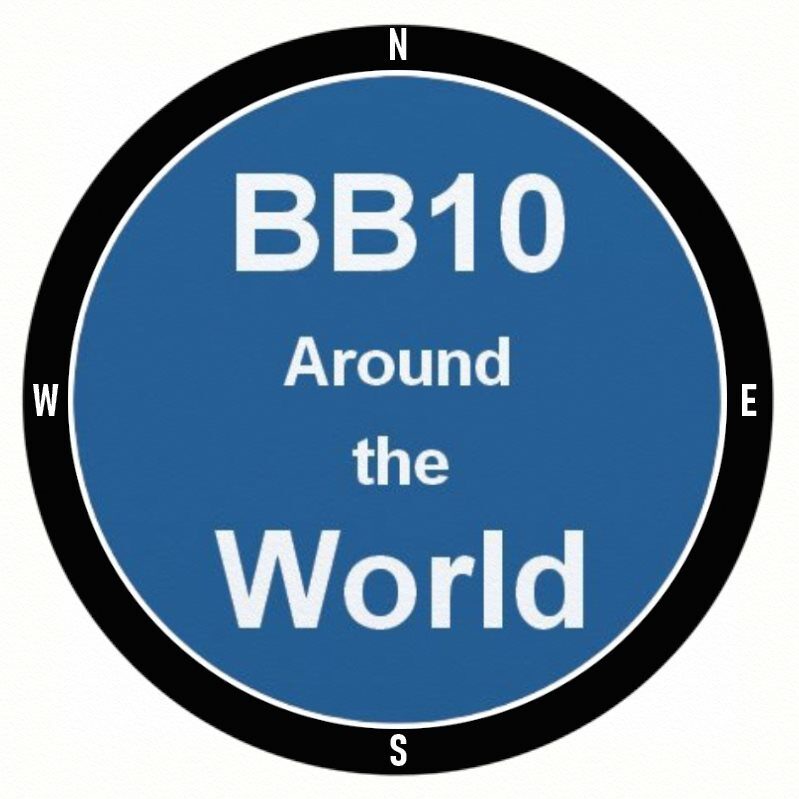
Se a Rainforest
Se a Rainforest
About the Amazon rainforest
The Amazon rainforest is broadly defined as the tropical forest in the Amazon river basin and adjacent lowlands
in the northeastern part of South America.
Combined, this area amounts to roughly 8 million square kilometers (3.1 million square miles)
and covers some 40% of the South American continent, making it nearly the size of the United States.
Welcome to the Amazon, the world's largest rainforest.
Before we begin our visit, there are a few things you should know about the Amazon,
which is also known as Amazonia.
When you first enter the rainforest, one of the first things you'll notice is the humidity:
the air is usually warm and sticky.
There are two reasons for this.
First, the Amazon lies in the tropics, meaning there is plenty of year-around sunshine.
Second, the humidity is partly the result of the abundance of trees,
which release water through pores in their leaves as a byproduct of photosynthesis.
Another thing you'll quickly notice during your first visit to the rainforest is the smell,
which is similar to what you'd experience in a well-planted greenhouse: the combined scent of vegetation, <
moisture, soil, and decaying plants and wood.
It's not a bad smell -- it's the smell of life!
In terms of sounds the Amazon is highly variable depending on the time of year and your location.
Generally there will be a constant buzz from millions of insects and other creatures going about their daily lives.
In the evening, the cicadas may start to call, filling the forest with a continuous drone.
Periodically the background noise of the forest may be pierced by parrots or other bird calls.

